BRINGING JAPAN TO ME
-
Aside from the carbon-emissions involved in the transport of non-local food items, the movement of produce and other botanical materials removes virtual minerals from the soil and transports them to another location. Since 2015 I have explored this idea by producing single-origin, small-batch anaerobic composts of Japanese green teas, effectively conjuring Japanese soil in Ohio. The idea of terroir (or the taste of place) is tightly linked to soil chemistry, and luxury food items are an ideal site to untangle the impact of terroir to the notion of place in an age of globalization. Ten 100-gram sachets of each of four types of green tea from four growing regions were used in this project: Gyokuro from Yame, Guricha (Tamaryokucha) from Ureshino, Sencha from Kyoto, and Kukicha from Shizuoka. As the soils are produced they will be portioned and repackaged in their original packaging as their final form. It will take several years to transform the tea into soil, and I am hoping to exhibit this work at multiple stages as it progresses toward the final transformation into soil.
When you think of place as the substance, it is easy to see how products like tea absorb elements of the places where they are grown. When you think of place as the container, it is easy to see how products like tea transport elements of the places where they are grown through the marketplace and the supply chain.
Everything leading up to the purchase of the tea is a process of turning soil into tea. Everything after the purchase of the tea is a process of turning tea into soil.
The point of purchase is a moment in a sort of mass where one substance begins to transubstantiate into another substance. The point of consumption is another moment - where the body consumes the trace elements of place that are made available through the brewing of tea, and the spent tea leaves are left as ghosts of place in a half-death that sets in motion the events of decay. The point of discard is another moment of this transubstantiation, even a sort of renewal.
As the tea leaves decompose in the landfill, they enmesh the trace elements of their point of origin with the soil materials of the location of the landfill and the two become one, unified in the process of building a new soil. One place has become another place. Japan is made present in the compost of the spent tea leaves.
The act of drinking tea is an act of consuming part of the very substance of the place where the tea was grown. Japan is made present in my body. As the minerals nourish my body, Japan becomes my body. In part, but in earnest, my body is composed of Japan. I am bringing Japan to me in two ways: Japan the soil and Japan the flesh.
-
DATE: 2017-ongoing
MATERIALS: single origin Japanese green teas, anaerobic bacteria
SCALE: object
DIMENSIONS: 4kg
SITE: n/a
STATUS: incomplete
-
Material Grounds, USC Landscape Architecture (2.25.2021).
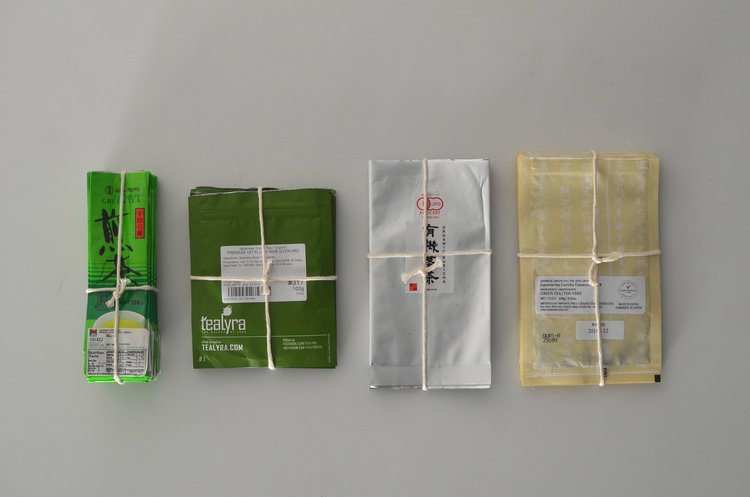


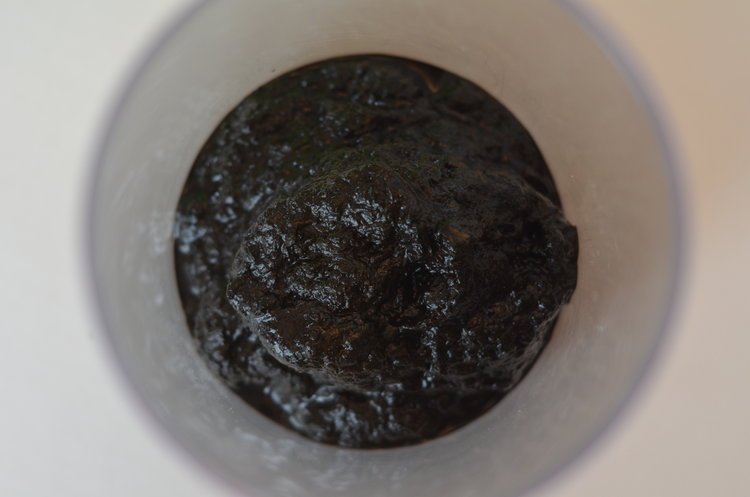
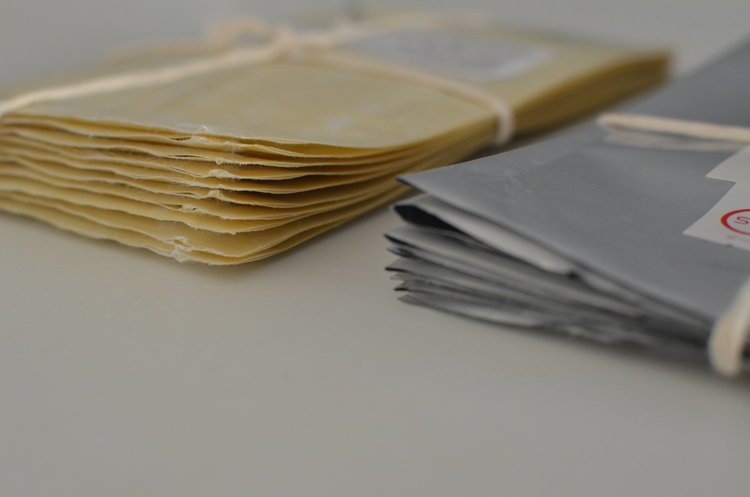
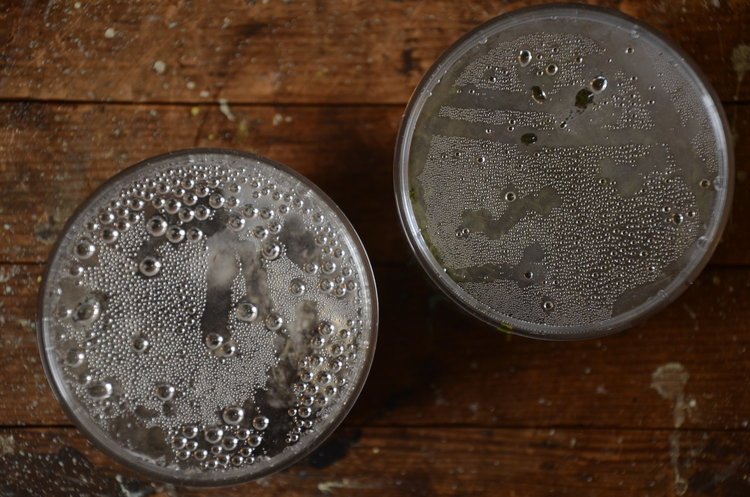
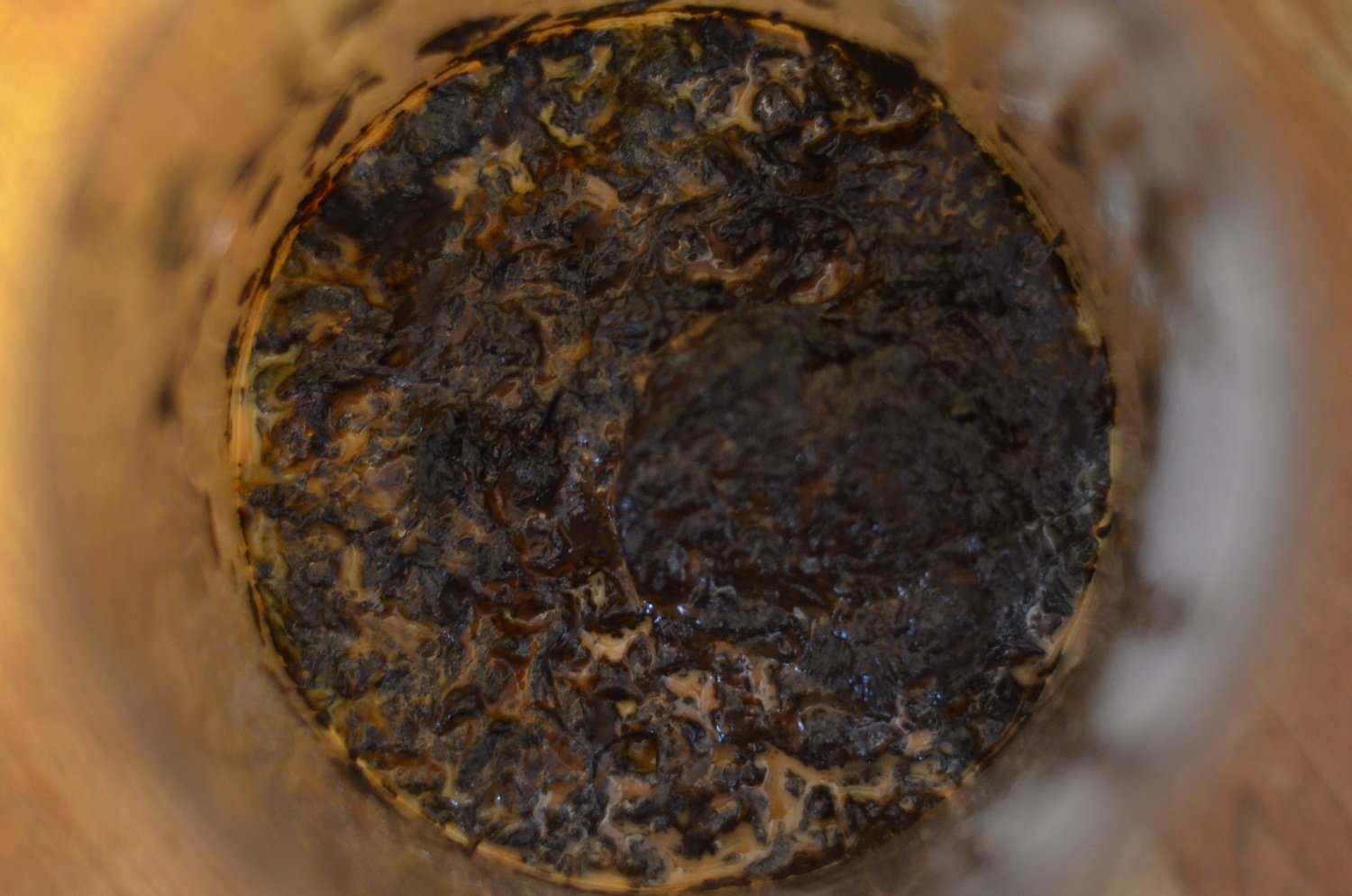

EXPANDED DESCRIPTION
I am harvesting "Japanese" soil from the supply chain by small-batch compositing single origin, first-flush gyokuro tea grown in Yame in the Fukuoka Prefecture of Japan. Production takes place inside sealed anaerobic compositing units to preserve the integrity of the chemical composition of the parent material in the resultant soil. Once the composting process is completed, the conjured soil should have nearly identical chemical composition as Japanese soil and be the closest thing to Japanese soil that I can obtain in Ohio. I will then take that soil and use it to grow Japanese moss from spores purchased from Japan, producing an object of contemplation on the way that little bits of Japan travel across the globe whenever Japanese green tea is exported for trade. Obviously, this holds for any agricultural produce from any location, but Japanese tea lends itself to demonstrating this fact because of the Japanese practices of mimetic landscaping through suiseki (水石), bonkei (盆景), and bonsai (盆栽) which are representational landscapes used as miniature objects of contemplation which allow people to think about larger geographic landscapes.
I am bringing Japan to me by conjuring soil from pre-soil botanical materials which were grown in Japan in the geographically veridical Japanese soil. Like all other forms of import and export, the geologic consequences of the tea trade result in the shuffling and transplantation of agricultural materials with the chemical composition of the soil of their country of origin into the soil profile of the host country purchasing that agricultural material.
Gyokuro production accounts for less than 1% of all green tea production in Japan. Overall production of green tea is close to 100,000 metric tons, with only around 3% of that making it to the export market. The scarcity of this tea compared to the total volume of tea shuffled around the supply chain from all tea growing markets does not diminish the argument that supply chains shuffle places around the planet. As a single agricultural commodity, tea alone can produce massive amounts of soil through composting and considering potential soil production by all of the other agricultural products shuffled through the supply chain moves us towards a future of soil homogenization at a larger scale and at an even faster pace.
“Place” is a fluid notion. There are entire systems built on the shuffling of the fruits and substances of places. You can go to the grocery store right now and buy green tea from Japan and when you discard the spent tea leaves and eliminate the waste of drinking that tea you engage in a practice of soil building which transforms imported agricultural material into local soil, and soil is the substance of place. Agriculture depends on place in ways that other industries do not, primarily because of geography, or the container of place. This shows up in food language such as goût de terroir (French for the taste of place). Intimate connections exist between place and soil and food. But a condition of our supply-chain optimized world is that we engage in terra-forming each time we import an onion instead of harvesting it from our gardens. Decaying produce builds soil, and what does decaying imported produce build? Potential new batches of places like Japan can emerge wherever the supply chain delivers green tea grown in Japan. The export-import paths of agricultural migration produce an infrastructural expression of “place” that is continuously distributed to countless locations, a non-stop shuffling of geologic materials.
Can I grow Japanese moss from Japanese moss spores in Japanese soil built only from composted Japanese green tea purchased in Ohio? Will this be a Ohio moss or a Japanese moss?
The answer is rooted in whether we conceive of “place” as substance (the soil) or container (the geographic region).
Like all other agricultural products in the import/export chain, gyokuro tea leaves from Yame, Japan decompose wherever they happen to be discarded and they become soil components wherever they happen to be discarded. Bringing Japan To Me isolates the process and accelerates the transmutation from tea to soil which completes the cycle of pedogenesis for this fictive geography. The tea leaves are organic matter that is parent material for the formation of soil, the soil is made using only the Japanese tea leaves.
Over the course of the composting process, the tea in the composting unit emits a range of odors that move from bright smelling cup of tea to a pungently ripe smelling cup of tea and then on to overwhelmingly fecal odors as the digestive power of the anaerobic bacteria produces methane in the composting unit. The smell 6-8 weeks into the process begins to smell like dead fish.
It takes three to four weeks for me to consume 100 grams of gyokuro and each successive deposit of spent tea leaves into the composting unit brings with it a shifting and ripening olfactory experience. The fruity scent of the dry tea leaves as I prepare to brew them, the grassy brightness of the tea during steeping, the odor of the composting unit as I discard the spent tea leaves, and the pleasant taste and odor concentrated in the cup as I drink the syrupy liquor of my gyokuro each provide a contrasting olfactory layer to the process of drinking tea.
Everything leading up to the purchase of the tea is a process of turning soil into tea.
Everything after the purchase of the tea is a process of turning tea into soil.
I am building soil with single origin materials. Soil that has the same chemical traces of the growth conditions of the plant that the sourced tea leaves grew on because the tea leaves extracted nutrients from the Japanese soil they grew in in Japan, so it is reasonable to say that my compost is Japanese soil because it was formed 100% from single-origin Japanese product grown in Japanese soil. The soil structure of the tea plantation in Japan nourished the tea plants that grew the tea that I purchased and drank, and that soil structure affected the flavor profile of the tea.
The composting unit and the resultant conjured soil both act as objects for contemplation about the fluidity of place that results when supply chains shuffle botanical matter (pre-soil) around the globe as food items. Using the conjured soil to cultivate the spores of a Japanese moss (Kyoto Moss), I will produce a bonkei or tray garden which acts as a portal to contemplation about the relationship humans have to the natural world. Bonkei, like bonsai and suiseki are representational symbols of large landscapes and act as portals to transport viewers into the serenity of the scenes depicted in these miniature landscape forms. In the same way, the cultivated Japanese moss grown in the cultivated Japanese soil will provide an object which provides access to a conjured geography of Japan, in effect bringing Japan to me.
